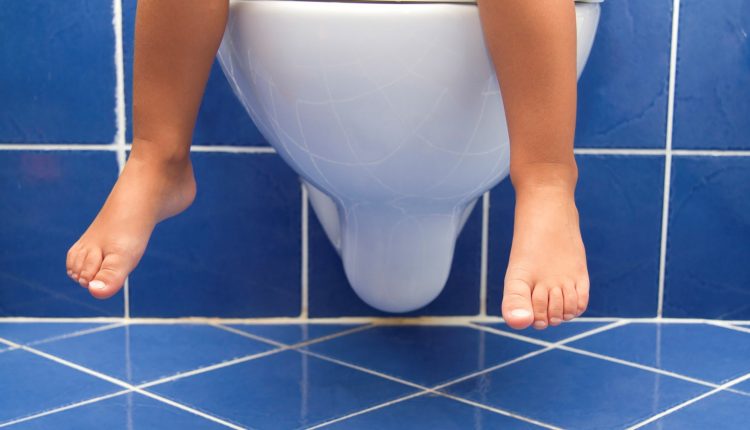
Gastroenteritis: what is it and how is rotavirus infection contracted?
The rotavirus infection, which is very common among children up to the age of 5, is spread both during the incubation period and during the symptomatic phase
The transmission route is faeco-oral; this means that it is sufficient for a child to contract it if he/she puts his/her hands to his/her mouth after touching objects contaminated with faecal residues of an infected individual; a typical case is when a child falls ill because he/she does not wash his/her hands before eating or after going to the toilet.
The infection is most common in the winter and spring months, and can also be contracted by adults.
Symptoms and diseases associated with rotavirus infection?
Rotavirus infection triggers gastroenteritis.
The most common symptoms include:
- diarrhoea
- vomiting
- fever
- dehydration
- abdominal pain
- lethargy
- reduced frequency of urination
- absence of tears when crying
- dry and cold skin
- dry mouth
- sunken eyes
- intense thirst
What is rotavirus infection?
Rotavirus is a highly contagious virus that can survive for a few hours on the hands, but can remain active for days on hard, dry surfaces.
Consequently, it can spread easily in homes, nurseries, kindergartens and hospitals.
In children, the incubation period is about two days, while infection-induced vomiting and diarrhoea can last from three to eight days.
Cures and treatments for rotavirus infection
There is currently no specific drug that can combat rotavirus infection.
In this case, it is good to prevent dehydration by drinking a lot; this reduces the risk of going to hospital for rehydration by drip.
It is also important to give the child plenty of rest, to feed him light, easy-to-digest foods (such as crackers, rice, chicken and bananas) and to remember that as it is a virus, it cannot be fought with antibiotics. If necessary, paracetamol can be taken.
Two vaccines are available to prevent infection. In both cases, these are oral vaccines containing live attenuated viruses that have proven to be not only effective but also safe.
The protection against severe rotavirus disease is 90-100%, while that against rotavirus diarrhoea of any severity is 74-85%.
Disclaimer
The information provided represents general information and in no way replaces medical advice. If you feel unwell, you should contact your doctor or go to the emergency room.
Read Also:
Emergency Live Even More…Live: Download The New Free App Of Your Newspaper For IOS And Android
Pinworms Infestation: How To Treat A Paediatric Patient With Enterobiasis (Oxyuriasis)
Intestinal Infections: How Is Dientamoeba Fragilis Infection Contracted?
Gastrointestinal Disorders Caused By NSAIDs: What They Are, What Problems They Cause
Intestinal Virus: What To Eat And How To Treat Gastroenteritis
What Is Proctalgia Fugax? Symptoms, Causes And Treatment
Internal And External Haemorrhoids: Causes, Symptoms And Remedies
Haemorrhoids: The Newest Tests And Treatments To Treat Them
What Is The Difference Between Haemorrhoids And Fissures?
Blood In The Stool: What Causes It And What Diseases It May Be Associated With
A. Resistant Bacteria: The Important Discovery Of Australia
Infection With Carbapenem-Resistant Enterobacteria
Diarrhoea: What It Is, What Can Cause It And How To Intervene



